A Grower’s Guide on How to Dry Weed
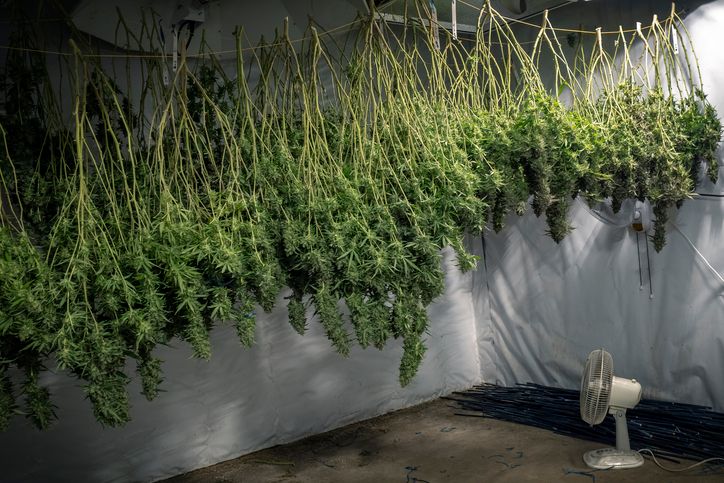
Harvest time is an important part of every grower’s life. It means that the payoff for all their hard work is near and that they need to begin to prepare for the next step of the process, which is drying. For anyone hoping that the battle was won once the plant was pulled out of the ground, we are sorry to say that there is still plenty of work to be done, but if you know what you’re doing, most of the risk at this point has passed.
After you have poured your heart and soul into developing a fruitful crop, you will need to choose a time to harvest, and the way that you harvest should greatly depend on the method that you plan to use to dry the buds. In some cases, the whole plant is yanked at the roots, and in others, careful extraction of just branches or large colas takes place.
The method that is chosen is typically due to space restrictions, but once the cannabis has been harvested, it’s ready to move on to the next step, which is drying. Here, you will find all of the information that is needed to complete this step, including everything from how to dry weed and some of the biggest and most common mistakes that you will want to avoid along the way.
What is drying?
The drying process begins the moment that you have harvested a plant, as once it is separated from a nutrition source, it doesn’t take long for changes to begin. Drying very slowly removes a massive amount of the moisture while preserving the terpenes, which helps it hold up to long term storage, and reduces the chances of mold appearing during the time that it’s stored away.
Some professionals take this to a whole new level, using moisture levels and jars to influence the taste and effects of cannabis bud flowers, but most just consider drying to be a necessary part of the growing process. There are so many different ways to dry weed that it would be impossible to list them all, but some of the most common include the hanging method, the layering method, or drying with the assistance of a dehydrator.
Why do you need to know about how to dry weed?
If you have ever grabbed a fresh nug off a marijuana plant and tried to chop it up or smoke it without drying, then you already know that cannabis can’t be smoked without drying, but the process does a whole lot more than prepare some buds for smoking. When marijuana buds are first harvested, they are full of moisture and that can quickly become a problem if it isn’t handled properly moving forward.
Where there are moisture and warmth, there is almost always mold, as these are the ideal conditions for it to form. If you were to store your freshly picked cannabis buds in plastic bags or sealed jars right away without taking the time to properly dry it, then you will almost certainly open up your stash one day to find a giant pile of mold filled product that would be unhealthy to consume.
What does drying do?
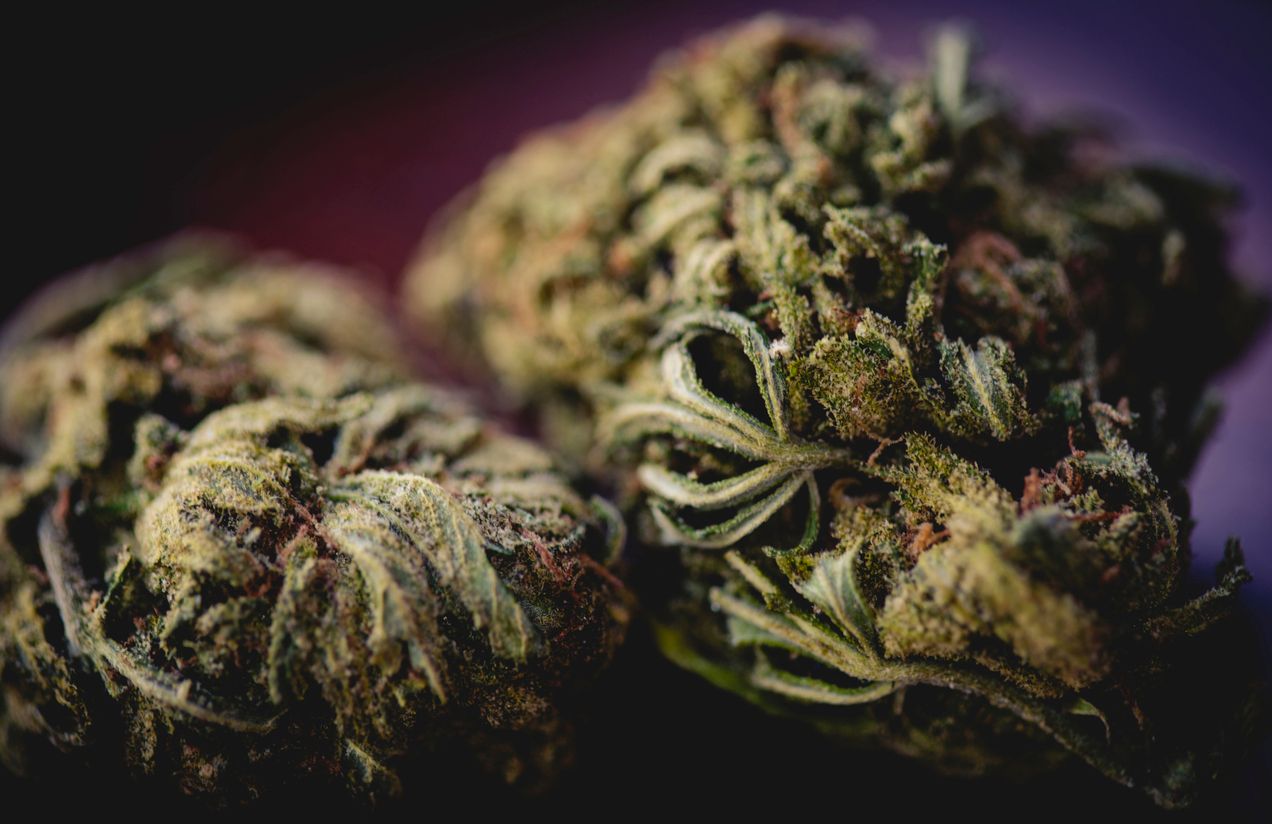
Though there are the obvious points listed above, which make it a necessity, there are many other reasons that you will want to properly dry your weed, including:
- A break down of chlorophyll that results in a smoother hit
- Enhanced taste
- Removes the most noticeable and strongest smells from the bud
- Increased potency
- Harsher strains can be altered so that they are less likely to induce headaches or coughing
- Kills harmful bacteria’s
- Can help to reduce the chances of experiencing anxiety or paranoia
How long does it take to dry weed?
The drying process can take varying lengths of time depending on environmental factors, whether or not the buds were removed from the stems, and the method chosen for drying, but in general how long to dry weed can take anywhere from 3 to 10 days from beginning to end.
Steps on how to dry weed
There are a few different ways that are commonly used to dry cannabis, and here, we will touch on three of them.
1. Hanging branches
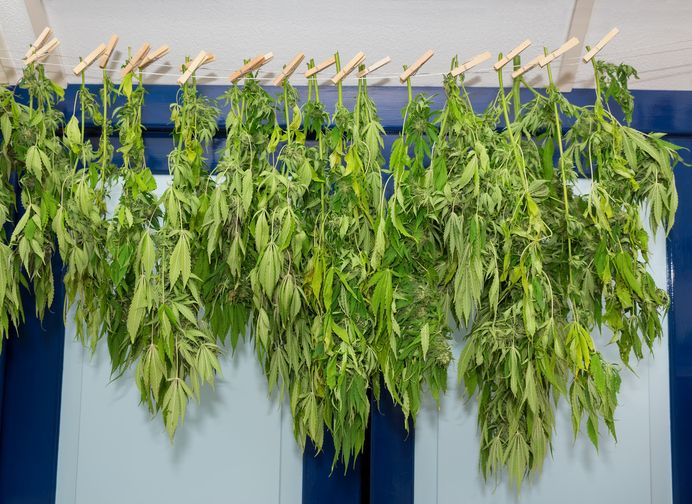
This is one of the best ways to learn how to dry weed, as it’s easy to do, requires little to no preparation, and is relatively foolproof as long as you keep the humidity levels less than 30%. If you live in a region that is consistently higher than that, then you might want to consider another drying method.
You will need
- Bar or rack to hang plants from
- Matured full cannabis plants or branches
- Scissors
Instructions
-
Start by finding a comfortable place to sit so that you can relax while you trim all the excess leaves away from the buds. It’s best to do this with a sharp pair of scissors and some good gloves as it’s a really sticky job. The goal is to have uniform buds that look just like the ones that you would buy at a dispensary, and once you’re done, you can move onto the next step.
-
Now that your cannabis plants are nicely trimmed, move onto hanging them one by one from the rack or bar. Make sure that they are well-spaced so that there is plenty of breathing room for air circulation, which is essential for drying to happen.
-
Once everything is hung, sit back and relax while trying your best to maintain a humidity level of under 30% for 3-7 days. During that time, make sure to check on the buds each day, giving a few of the largest colas a gently squeeze to test. Once the outside of the buds are crunchy, and the stems break crisply without bending, you will be ready to move onto curing.
2. Layering
This is not a preferred way to dry cannabis, but it works in a pinch for those who live in dryer climates, and have minimal space to work within, as 4 or 5 plants can easily be reduced to a few small boxes, rather than taking up several square feet, like hanging or using a drying rack.
You will need:
- Cardboard
- Newspaper
- Scissors
- Cannabis plant branches or buds
Instructions
-
To start, you will need to trim away all of the smaller sugar leaves and bigger fan leaves, so that all that remains is the cannabis buds. Though this process can work with branches, it doesn’t leave much room for air circulation, so it is best to remove the buds from the branches as well before moving on.
-
Lay out large sections of cardboard that will comfortably hold the weed that you need to dry.
-
Line the cardboard with newspaper.
-
Scatter the buds or branches evenly across the newspaper. If there isn’t enough room for them all, then you can create a second layer by adding another piece or two of newspaper before tossing another pile on top.
-
This is one of the longest methods of drying marijuana buds, and it will generally take the whole 7-10 days or longer to produce results. During this time, it is essential to maintain under 30% humidity, and to check on the buds daily, flipping them at least once a day to expose hidden portions to the air. Unfortunately, this drying method does tend to create wet spots, so you will also need to be on the lookout for that and change out the layers of newspaper as needed to clean them up.
3. Drying rack
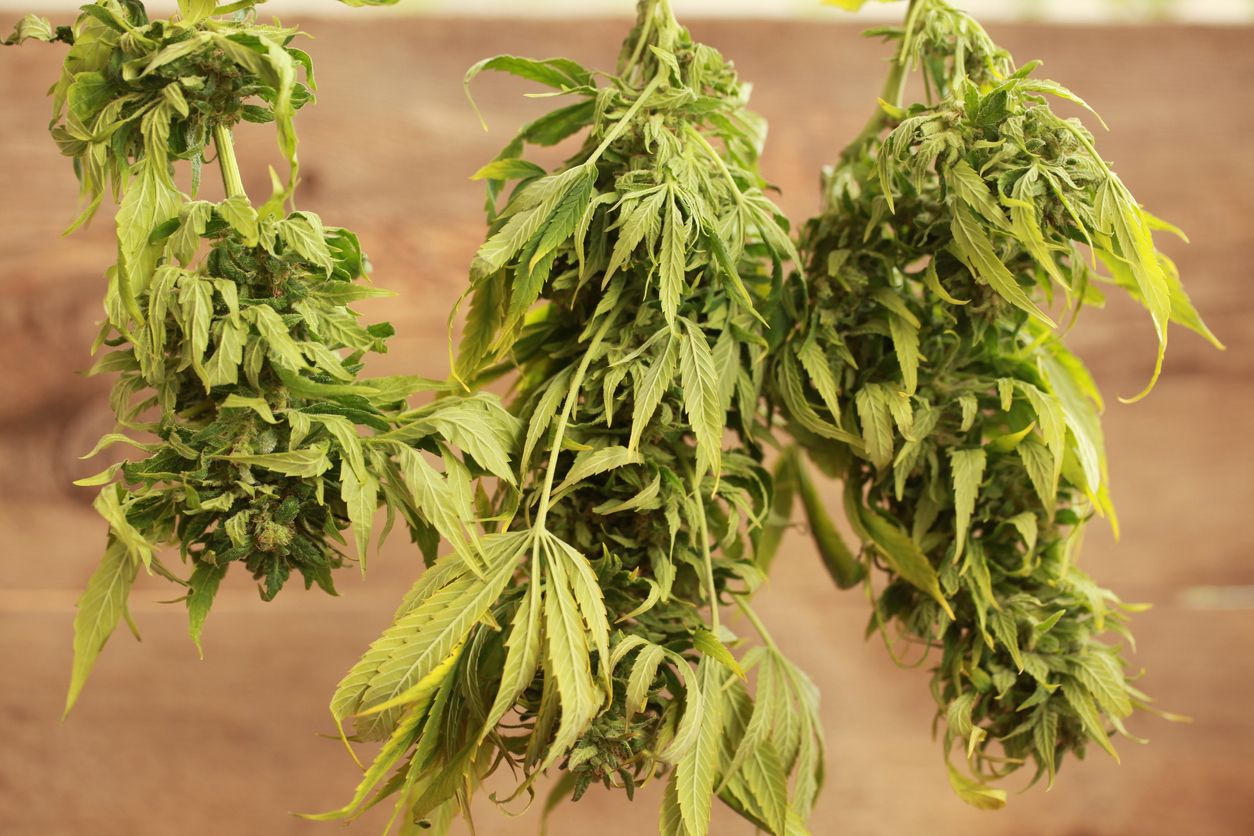
Drying racks sound just like the first method, but they are often a bit more complex, using a screen and sometimes even a blowing system to help with air circulation. They can also be something as simple as a hash screen that is temporarily being used as a dryer. The biggest benefit is that they allow for airflow in a way that layering cannot provide.
You will need:
- Drying rack
- Cannabis plants, branches or buds
- Scissors
Instructions
-
All methods of drying require good trimming, so it’s always best to start there. Grab out a sharp pair of scissors and remove any visible excess leaves until you have uniform shaped buds.
-
Place the cannabis plants, branches, or buds on the drying rack, and try your best to space them out.
-
This is one of the preferred ways to dry weed, because it’s relatively quick, and once your buds are resting on the rack, it’s time to wait for up to 7 days. Check the buds daily for signs of dryness and flip the buds on occasion to speed up the process, while maintaining less than 30% humidity levels.
Why is trimming an essential part of the drying process?
After reading through the various methods of drying, you probably notice one common trait among them all, and it’s that preparation of the plant materials requires a good clean trimming to work properly. Remove the small stuck out sugar leaves and the largest fan leaves, removes a whole bunch of the bud that would otherwise remain hidden from light exposure, and these trimmings if left, will reduce the quality of the end product.
A lot of people don’t realize that the cannabinoids like THC and CBD are not evenly distributed throughout the plant, and fan leaves contain little to none of either element. Sugar leaves, on the other hand, will be slightly higher, but still lesser than the pure bud flowers. Hence the reason why so many people remove as much as they can come harvest and then run it through an extraction process to condense the remaining cannabinoids into a more enjoyable product. This way nothing gets wasted, but you end up with high-quality cannabis.
How to dry weed fast
By the time harvest nears, a lot of growers tend to get anxious awaiting the ideal moment to make a move, and once they finally take a leap, all they want to do is smoke it. The problem with that is, even if you have the best quality crop at harvest, the drying method will greatly impact the way that it tastes, and the effects that it provides. Speeding up this process using an oven or other forced heating apparatus is never recommended, which is why there really isn’t a fast way to dry cannabis.
Common mistakes made when learning how to dry weed
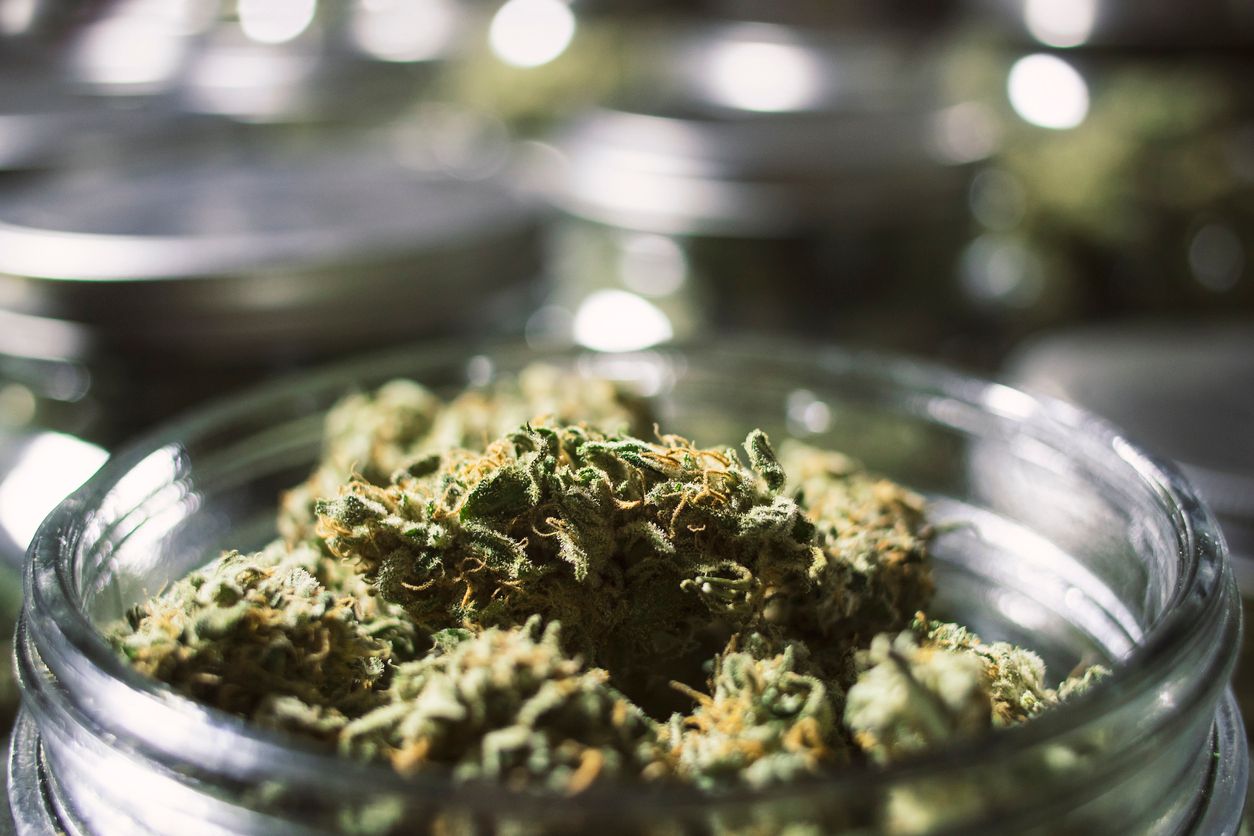
- Not waiting long enough
- Leaving behind too many cannabis leaves
- Not maintaining proper air circulation
- Drying in high humidity levels
- Contamination (other molds etc. in the area being used for drying)
The importance of curing cannabis
You will notice that not a single method of drying has elaborated on how to store the product afterward. That is because, for many, the process of curing has only begun. Though technically bud curing begins the moment that a plant material is harvested, it can continue for several more weeks. The main reason that so many growers seek to perfect the art of drying weed is that it can help them to manipulate the taste, effects, and overall quality of a crop, which is essential for the best possible experience when it comes time to use.

